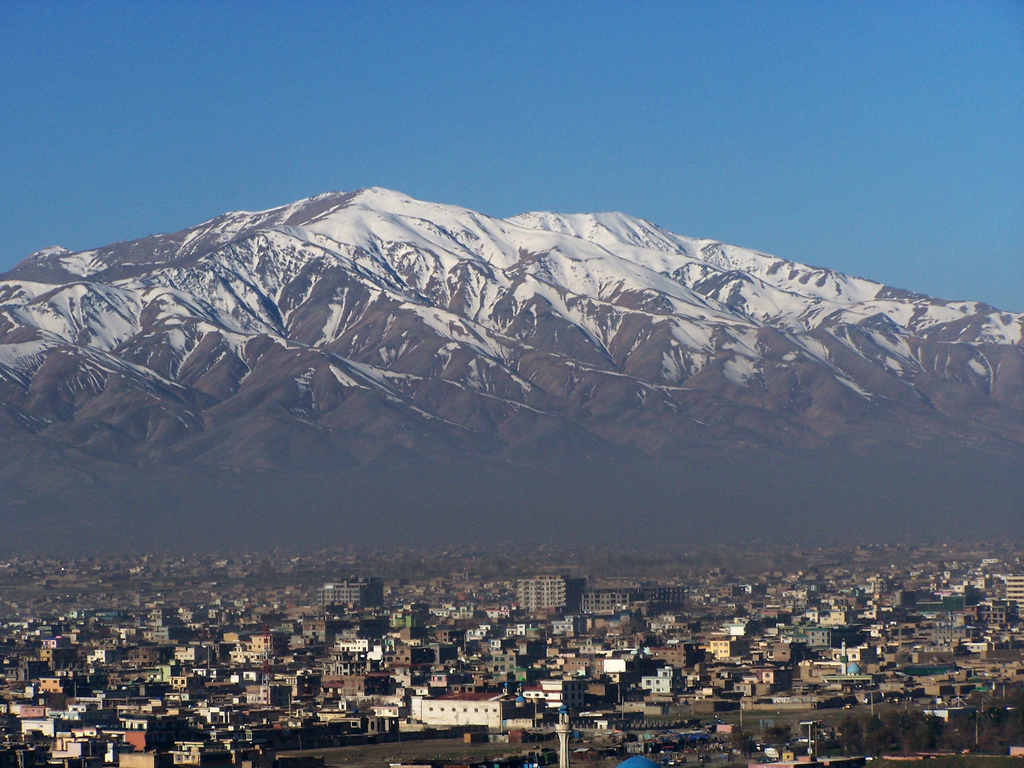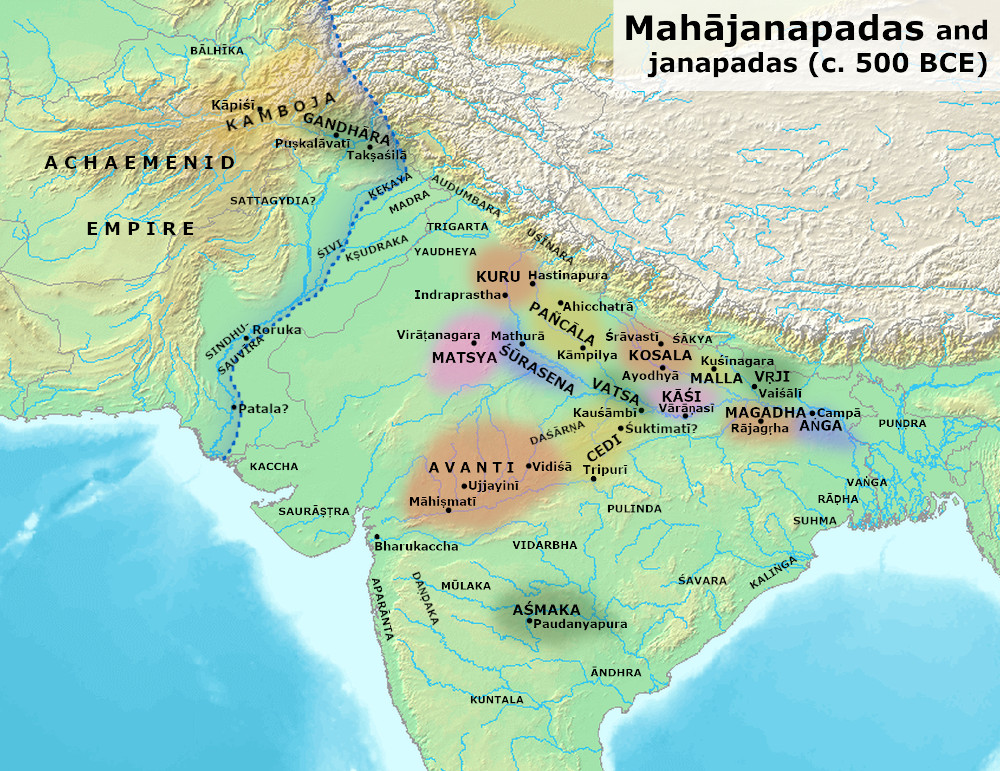|
Shewaki
Shewaki ( prs, شيوکى) is a village located in the Hindaki area of Afghanistan, in Bagrami District, Kabul Province, near the mountains Koh e Hindaki and Munar e Chakari (not related to Chakari, Afghanistan). Shewaki is derived from Shiva, the supreme Hindu deity. Shewaki Stupa Shewaki is the site of Shahbahar (King's Vihara), one of Afghanistan's major Hindu temples. Shahbahar was a Buddhist stupa during the Kushans dynasty and a Hindu temple in the time of the Kabul Shahi. It was constructed between the 1st and 3rd centuries CE. In 2022, the reconstruction of Shewaki Stupa finished. The restoration work cost more than $80,000. Pictures of the ruins of the Shewaki Stupa as Shahbahar or King's Vihara Stupasin Kabul Province Kabul (Persian: ), situated in the east of the country, is one of the thirty-four provinces of Afghanistan. The capital of the province is Kabul city, which is also Afghanistan's capital and largest city. The population of the Kabul Province is . ... [...More Info...] [...Related Items...] OR: [Wikipedia] [Google] [Baidu] |
Bagrami District
Bagrami District is located in the central part of Kabul Province in Afghanistan. It is approximately a 30-minute drive east from the capital city, Kabul. The district headquarters is the town of Bagrami. Demographics The Afghan Ministry of Rural Rehabilitation & Development (MRRD), along with the UNHCR and Central Statistics Office (CSO) of Afghanistan, estimates the population of the district to be around 68,287. According to AIMS and UNHCR, Pashtuns make up the majority of the population, followed by ethnic Tajiks. Geography The district borders Kabul to the west, Deh Sabz to the north, Surobi to the east, and Khaki Jabbar, Musayi and Char Asiab districts to the south. Bagrami district is a green area with abundant agricultural activities. Many of its residents work in Kabul because of the communities' proximity to one another. Economy Bagrami district is developing rapidly. The Bagrami Industrial Park, which is part of a major industry in Afghanistan, is part of the ... [...More Info...] [...Related Items...] OR: [Wikipedia] [Google] [Baidu] |
Provinces Of Afghanistan
Afghanistan is divided into 34 provinces (, '' wilåyat''). The provinces of Afghanistan are the primary administrative divisions. Each province encompasses a number of districts or usually over 1,000 villages. Provincial governors played a critical role in the reconstruction of the Afghan state following the creation of the new government under Hamid Karzai. According to international security scholar Dipali Mukhopadhyay, many of the provincial governors of the western-backed government were former warlords who were incorporated into the political system. Provinces of Afghanistan Regions of Afghanistan UN Regions Former provinces of Afghanistan During Afghanistan's history it had a number of provinces in it. It started out as just Kabul, Herat, Qandahar, and Balkh but the number of provinces increased and by 1880 the provinces consisted of Balkh, Herat, Qandahar, Ghazni, Jalalabad, and Kabul. * Southern Province – dissolved in 1964 to create Paktia Provinc ... [...More Info...] [...Related Items...] OR: [Wikipedia] [Google] [Baidu] |
Kabul Province
Kabul (Persian: ), situated in the east of the country, is one of the thirty-four provinces of Afghanistan. The capital of the province is Kabul city, which is also Afghanistan's capital and largest city. The population of the Kabul Province is over 5 million people as of 2020, of which over 85 percent live in urban areas. The current governor of the province is Qari Baryal. It borders the provinces of Parwan to the north, Kapisa to the north-east, Laghman to the east, Nangarhar to the south-east, Logar to the south, and Wardak to the west. Geography Kabul is located between Latitude 34-31' North and Longitude 69-12' East at an altitude of 1800 m (6000 feet) above sea level, which makes it one of the world's highest capital cities. Kabul is strategically situated in a valley surrounded by high mountains at crossroads of north-south and east-west trade routes. One million years ago the Kabul region was surrounded from south-east between Lowgar and Paghman Mountains ... [...More Info...] [...Related Items...] OR: [Wikipedia] [Google] [Baidu] |
Bagrami
Bagrami is a village situated in the eastern fringes of Kabul Kabul (; ps, , ; , ) is the capital and largest city of Afghanistan. Located in the eastern half of the country, it is also a municipality, forming part of the Kabul Province; it is administratively divided into 22 municipal districts. Acco ... at and 1797 m altitude, part of municipal District 12 and partly in District 22. The population is 31,680 (2007 calculation). Downtown Kabul can be reached in 30 minutes. The Bagrami Industrial Park is one of the major projects for the economy of the region. In 2010, the town also harboured a shanty town of mud-built huts from refugees escaping the violence of the Taliban insurgency in the southern provinces of Afghanistan. Climate Bagrami has a hot-summer humid continental climate (Köppen climate classification: ''Dsa''). July is the warmest month of the year. The temperature in July averages . At on average, January is the coldest month of the year. About of preci ... [...More Info...] [...Related Items...] OR: [Wikipedia] [Google] [Baidu] |
Afghanistan
Afghanistan, officially the Islamic Emirate of Afghanistan,; prs, امارت اسلامی افغانستان is a landlocked country located at the crossroads of Central Asia and South Asia. Referred to as the Heart of Asia, it is bordered by Pakistan to the Durand Line, east and south, Iran to the Afghanistan–Iran border, west, Turkmenistan to the Afghanistan–Turkmenistan border, northwest, Uzbekistan to the Afghanistan–Uzbekistan border, north, Tajikistan to the Afghanistan–Tajikistan border, northeast, and China to the Afghanistan–China border, northeast and east. Occupying of land, the country is predominantly mountainous with plains Afghan Turkestan, in the north and Sistan Basin, the southwest, which are separated by the Hindu Kush mountain range. , Demographics of Afghanistan, its population is 40.2 million (officially estimated to be 32.9 million), composed mostly of ethnic Pashtuns, Tajiks, Hazaras, and Uzbeks. Kabul is the country's largest city and ser ... [...More Info...] [...Related Items...] OR: [Wikipedia] [Google] [Baidu] |
Koh E Hindaki
Koh e Hindaki ( prs, کوه هندکی ). It is located near Bagrami District in Kabul Province Kabul (Persian: ), situated in the east of the country, is one of the thirty-four provinces of Afghanistan. The capital of the province is Kabul city, which is also Afghanistan's capital and largest city. The population of the Kabul Province is .... translate by R. D. McChesney in English and ed. M. M. Khorrami Endlish “The History of Afghanistan”, Leiden-Boston , 2013 References Photos Phototeca AfghanicaLe palais jahan numa transformé par l’émir Habibullah à hendaki{{Webarchive, url=https://web.archive.org/web/20160328190917/http://www.phototheca-afghanica.ch/index.php?chash=6cefffd861&id=112&no_cache=1&tx_browser_pi1%5Bshowuid%5D=594 , date=2016-03-28 Chehel Sotoun KabulChehel Sotoun Kabul Hindu Kush Two-thousanders of Afghanistan Landforms of Kabul Province ... [...More Info...] [...Related Items...] OR: [Wikipedia] [Google] [Baidu] |
Chakari, Afghanistan
Chakari (Cakaray, Chakaray) was a village in Khaki Jabbar District, Kabul Province, Afghanistan. In the 1990s during the Afghan Civil War large portions of it were destroyed, and many people left."Region District Profile:Khak-e-Jabbar" UNHCR Sub-Office Central, 31 July 2002 As of 2002 many of the former inhabitants had not returned. A pillar, known as the "Minaret of Chakari" was located there, and appears to have given the village its name.Dorneich, Christof M. (1999) ''Minar-i Chakari: Afghanistan's lost and unsolved architectural riddle of great antiquity'' (Spach library series #3) So ... [...More Info...] [...Related Items...] OR: [Wikipedia] [Google] [Baidu] |
Shiva
Shiva (; sa, शिव, lit=The Auspicious One, Śiva ), also known as Mahadeva (; ɐɦaːd̪eːʋɐ, or Hara, is one of the principal deities of Hinduism. He is the Supreme Being in Shaivism, one of the major traditions within Hinduism. Shiva is known as "The Destroyer" within the Trimurti, the Hindu trinity which also includes Brahma and Vishnu. In the Shaivite tradition, Shiva is the Supreme Lord who creates, protects and transforms the universe. In the goddess-oriented Shakta tradition, the Supreme Goddess ( Devi) is regarded as the energy and creative power (Shakti) and the equal complementary partner of Shiva. Shiva is one of the five equivalent deities in Panchayatana puja of the Smarta tradition of Hinduism. Shiva has many aspects, benevolent as well as fearsome. In benevolent aspects, he is depicted as an omniscient Yogi who lives an ascetic life on Mount Kailash as well as a householder with his wife Parvati and his three children, Ganesha, Kartikeya and A ... [...More Info...] [...Related Items...] OR: [Wikipedia] [Google] [Baidu] |
Hindu
Hindus (; ) are people who religiously adhere to Hinduism.Jeffery D. Long (2007), A Vision for Hinduism, IB Tauris, , pages 35–37 Historically, the term has also been used as a geographical, cultural, and later religious identifier for people living in the Indian subcontinent. The term ''"Hindu"'' traces back to Old Persian which derived these names from the Sanskrit name ''Sindhu'' (सिन्धु ), referring to the river Indus. The Greek cognates of the same terms are "''Indus''" (for the river) and "''India''" (for the land of the river). The term "''Hindu''" also implied a geographic, ethnic or cultural identifier for people living in the Indian subcontinent around or beyond the Sindhu (Indus) River. By the 16th century CE, the term began to refer to residents of the subcontinent who were not Turkic or Muslims. Hindoo is an archaic spelling variant, whose use today is considered derogatory. The historical development of Hindu self-identity within the local In ... [...More Info...] [...Related Items...] OR: [Wikipedia] [Google] [Baidu] |
Archaeological Sites In Afghanistan
Archaeology or archeology is the scientific study of human activity through the recovery and analysis of material culture. The archaeological record consists of artifacts, architecture, biofacts or ecofacts, sites, and cultural landscapes. Archaeology can be considered both a social science and a branch of the humanities. It is usually considered an independent academic discipline, but may also be classified as part of anthropology (in North America – the four-field approach), history or geography. Archaeologists study human prehistory and history, from the development of the first stone tools at Lomekwi in East Africa 3.3 million years ago up until recent decades. Archaeology is distinct from palaeontology, which is the study of fossil remains. Archaeology is particularly important for learning about prehistoric societies, for which, by definition, there are no written records. Prehistory includes over 99% of the human past, from the Paleolithic until the advent of ... [...More Info...] [...Related Items...] OR: [Wikipedia] [Google] [Baidu] |
Hinduism In Afghanistan
Hinduism in Afghanistan is practiced by a tiny minority of Afghans, believed to be about 30-40 individuals as of 2021, who live mostly in the cities of Kabul and Jalalabad. Afghan Hindus are ethnically Pashtuns, Pashtun, Hindkowan (Hindki), Punjabi Hindus, Punjabi, or Sindhi Hindus, Sindhi and primarily speak Pashto, Hindko, Punjabi language, Punjabi, Dari, and Hindustani language, Hindustani (Urdu-Hindi). Before the Islamic conquest of Afghanistan, the Afghan people were multi-religious. Religious persecution#Persecution of Hindus, Religious persecution, Religious discrimination, discrimination, and Forced conversion#Islam, forced conversion of Hindus perpetrated by Muslims has caused the Afghan Hindus, along with Buddhism in Afghanistan, Buddhist and Sikhism in Afghanistan, Sikh population, to dwindle from Afghanistan. During the 1970s, the Afghan Hindu population was estimated to number between 80,000 and 280,000, or 0.7% to 2.5% of the national population at the time. Howev ... [...More Info...] [...Related Items...] OR: [Wikipedia] [Google] [Baidu] |



.jpg)
.jpg)
